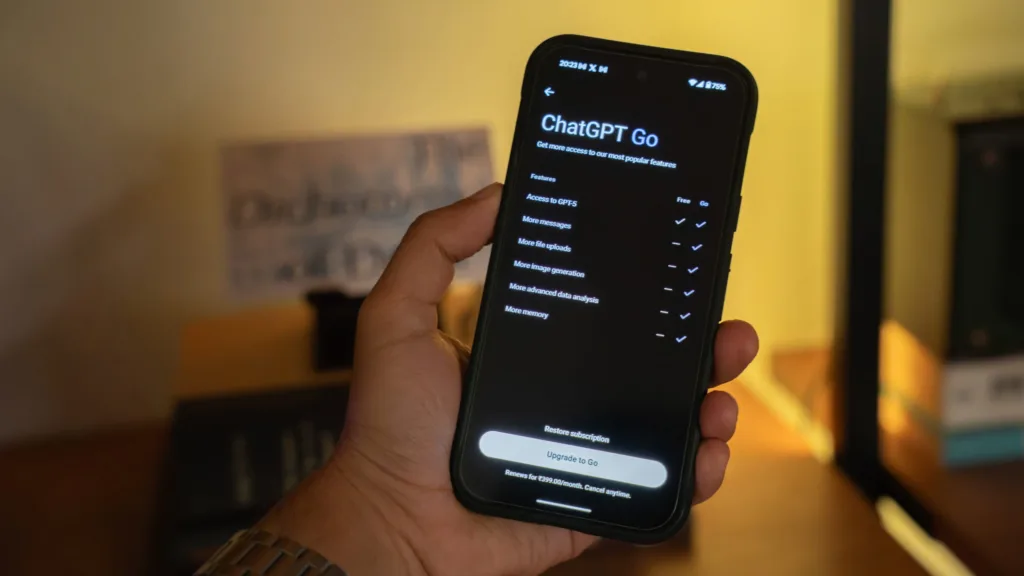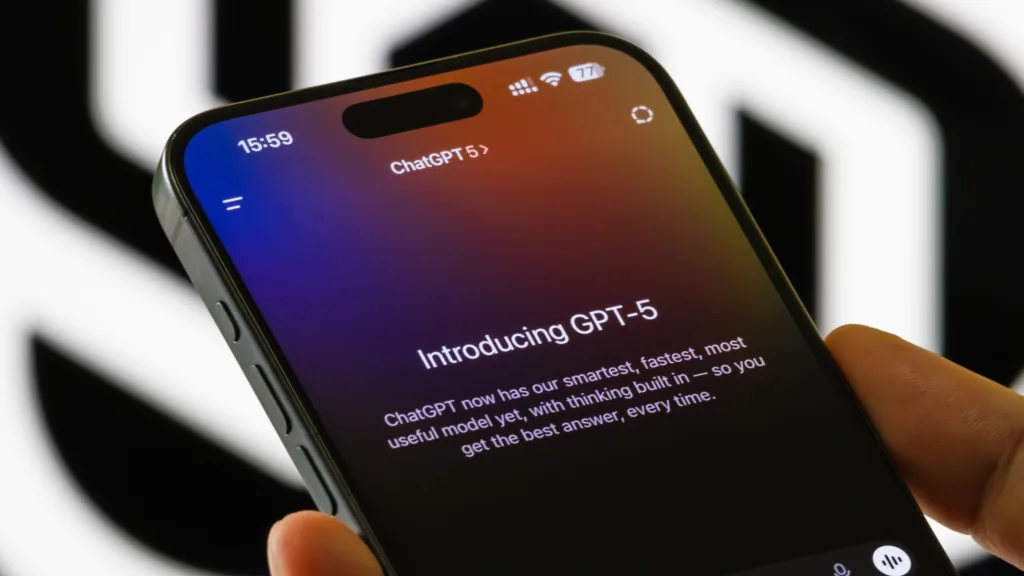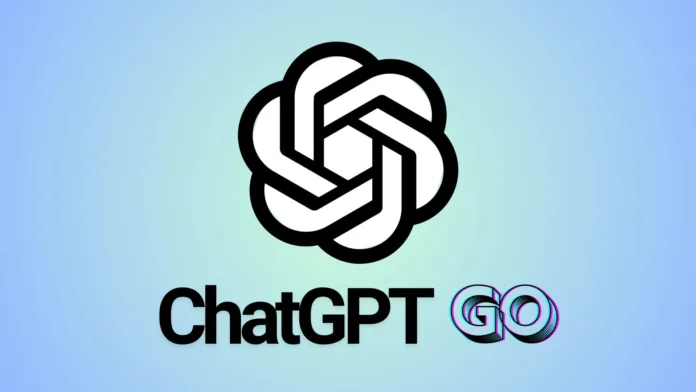Table of Contents
OpenAI Expands ChatGPT Go Across Asia
OpenAI has taken another major step in its global AI strategy with the expansion of its lower-cost subscription plan, ChatGPT Go, to 16 additional countries across Asia. This move marks one of the most significant affordability and accessibility upgrades since the company introduced ChatGPT to the world.
According to company head Nick Turley, making ChatGPT more affordable has been a key request from users around the world. In an earlier announcement on the social media platform X, Turley emphasized that affordability remains a crucial goal as the company continues to scale its technology and reach wider audiences.
Squaredtech observes that this decision reflects OpenAI’s long-term strategy of inclusivity in AI adoption. The expansion opens doors for millions of users across developing and middle-income nations, where high subscription costs previously limited access to advanced tools.
The ChatGPT Go plan was initially launched in India and Indonesia earlier this year. The response was overwhelmingly positive, signaling a strong regional demand for cost-effective AI models. With this expansion, OpenAI now serves 18 countries in total across Asia, making this one of its largest regional rollouts to date.
The list of countries now includes Afghanistan, Bangladesh, Bhutan, Brunei Darussalam, Cambodia, India, Indonesia, Laos, Malaysia, Maldives, Myanmar, Nepal, Pakistan, Philippines, Sri Lanka, Thailand, Timor-Leste (East Timor), and Vietnam.
For us, this move represents an important case study in the democratization of artificial intelligence, showing how lowering subscription costs can dramatically expand digital adoption across emerging economies.
Read More About Our Article of OpenAI ChatGPT-5 Upgrade: ChatGPT Now Feels Like Talking to a Real Expert Published on August 9th, 2025 SquaredTech
Why ChatGPT Go Matters for Asia’s Digital Transformation
The ChatGPT Go plan stands out for its affordability and functionality. It includes all the core features of the free version but enhances the user experience with several additional tools. Users gain extended access to image generation, file uploads, advanced data analysis, and higher usage limits for chat and tools.
These features are especially important for users in fields like education, digital content creation, and data-driven decision-making. In many Asian markets, small businesses and freelancers depend on accessible AI tools to compete in global markets. Squaredtech notes that ChatGPT Go could become a central productivity hub for millions of such professionals.

The plan’s pricing reinforces this vision of accessibility. In India, ChatGPT Go costs just 399 rupees (about $4.50 per month), while in Indonesia it is priced at 75,000 rupiah (around $4.53). These prices are a fraction of the company’s other paid plans, which include ChatGPT Plus at $20 per month and ChatGPT Pro at $200 per month.
This significant difference in cost structure allows OpenAI to reach a much broader audience. For many users in Asia, the new plan represents an affordable entry point into AI technology that was once considered a premium service.
We believe this move aligns with OpenAI’s mission to make advanced artificial intelligence tools available to everyone, regardless of economic background. By pricing the service for regional affordability, the company ensures that users from low and middle-income nations can now explore the latest GPT-5 model and its applications in daily life.
OpenAI also provides a business plan at $25 per month for enterprises requiring team collaboration and higher resource allocation. However, the arrival of ChatGPT Go is specifically designed for individual users, students, educators, and independent creators who need reliable access without the cost barrier.
A Closer Look at the Technology and Impact of GPT-5 Access
According to OpenAI, this expansion aims to improve accessibility to its GPT-5 model, the company’s latest and most advanced version of its language technology. GPT-5 offers faster processing, higher context retention, and improved reasoning capabilities, allowing for more natural and accurate conversations.

We highlight that access to GPT-5 through ChatGPT Go represents a major leap forward for users in developing markets. It effectively levels the technological playing field by offering the same model that powers OpenAI’s higher-tier services at a fraction of the cost.
This access has implications beyond individual convenience. The growing adoption of GPT-5 could reshape education, communication, and business automation across Asia. Students can now use ChatGPT Go to assist with research, summarize complex topics, and generate study materials. Entrepreneurs can leverage it for writing proposals, automating customer service, and generating ideas for marketing content.
In regions like Pakistan, Nepal, and Cambodia, where educational resources and technology infrastructure are often limited, ChatGPT Go can become a catalyst for digital literacy and AI-driven innovation.
OpenAI reports that adoption growth in low-income countries has already outpaced that in high-income nations by more than four times by May 2025. This data underlines how affordable pricing can unlock massive adoption potential, especially where technology previously remained out of reach due to financial constraints.
We point out that this trend mirrors broader digital transformation efforts across Asia. Governments and organizations are increasingly prioritizing digital skills training, and tools like ChatGPT Go can accelerate these efforts by providing direct access to practical AI support.
Market Reception and Future Growth for ChatGPT Go
The market reaction to the initial rollout of ChatGPT Go in India and Indonesia provided a clear signal of its success. Subscriptions surged within weeks of launch, with strong interest from students, freelancers, and small business owners.
OpenAI’s decision to expand into 16 more Asian countries suggests the company is confident in the plan’s scalability. The gradual rollout ensures technical stability and smooth payment integration across different regions and currencies.
For users in Cambodia, Laos, and Nepal, OpenAI confirmed that ChatGPT Go is already available through web and Android subscriptions, with plans to release it soon on iOS. This phased expansion helps the company manage system performance while accommodating growing demand.
We interpret this as part of OpenAI’s careful global scaling approach, balancing innovation with reliability. As ChatGPT Go continues to grow, OpenAI could gather valuable insights about how users across various income groups interact with AI, influencing the development of future models and pricing strategies.
At the same time, the expansion aligns with OpenAI’s broader strategy of increasing accessibility to artificial intelligence tools. By positioning ChatGPT Go as a low-cost gateway to advanced AI, the company not only expands its user base but also builds brand loyalty among new users who may later upgrade to higher-tier plans.
From our perspective, this model mirrors the strategy used by many successful technology platforms: begin with accessible entry plans, build trust, and then evolve alongside user needs. It ensures long-term engagement and continuous adoption across different economic segments.
Squaredtech’s Perspective: The Future of Affordable AI Access
At Squaredtech, we see OpenAI’s expansion of ChatGPT Go as more than a product update . It is a major milestone in global AI accessibility. It shows how innovation can intersect with inclusion when companies prioritize affordability and availability.
The introduction of a lower-cost plan supports the idea that artificial intelligence should not be restricted to premium users or large corporations. It should be a universal tool for communication, learning, creativity, and growth.
In countries like Bangladesh, Philippines, and Sri Lanka, where internet penetration is high but purchasing power remains limited, ChatGPT Go could dramatically expand AI literacy. By lowering barriers, OpenAI ensures that millions of people can now experience the benefits of GPT-5 without financial strain.
We predict that this expansion will have a ripple effect across multiple industries from education and media to commerce and software development. Developers and content creators can now explore AI-assisted productivity tools, automate workflows, and experiment with innovation without heavy upfront costs.
Moreover, this rollout underscores how competition in the AI space continues to push companies toward consumer-friendly strategies. With Google, Anthropic, and other players vying for attention, OpenAI’s affordability-first move strengthens its position as the global leader in accessible artificial intelligence.
As we continue to analyze emerging technology trends, we believe that ChatGPT Go’s success in Asia will inspire more companies to rethink their pricing models. The expansion highlights the growing demand for localized, affordable, and high-performance AI solutions. A shift that could define the next decade of digital progress.
Final Thoughts
The expansion of ChatGPT Go to 16 more Asian countries represents a decisive moment in OpenAI’s mission to make artificial intelligence available to everyone. By providing advanced GPT-5 capabilities at a low monthly cost, the company bridges the digital divide and accelerates technology adoption across diverse regions.
From our editorial standpoint, this move reflects the future of AI accessibility, one where affordability, innovation, and inclusion coexist. As OpenAI continues to grow its presence in Asia, ChatGPT Go stands as proof that powerful technology can be both advanced and accessible at the same time.
Stay Updated: Artificial Intelligence


